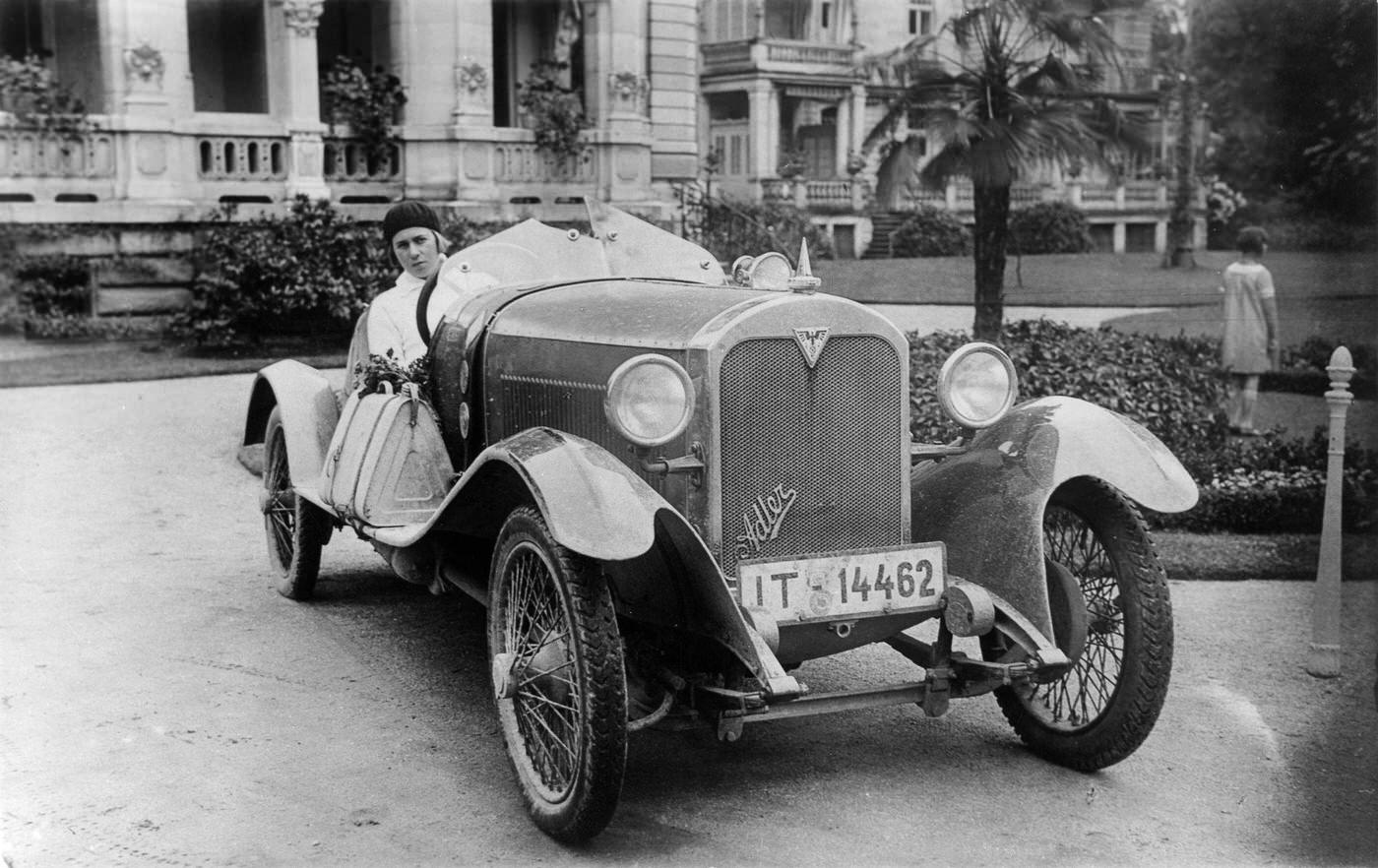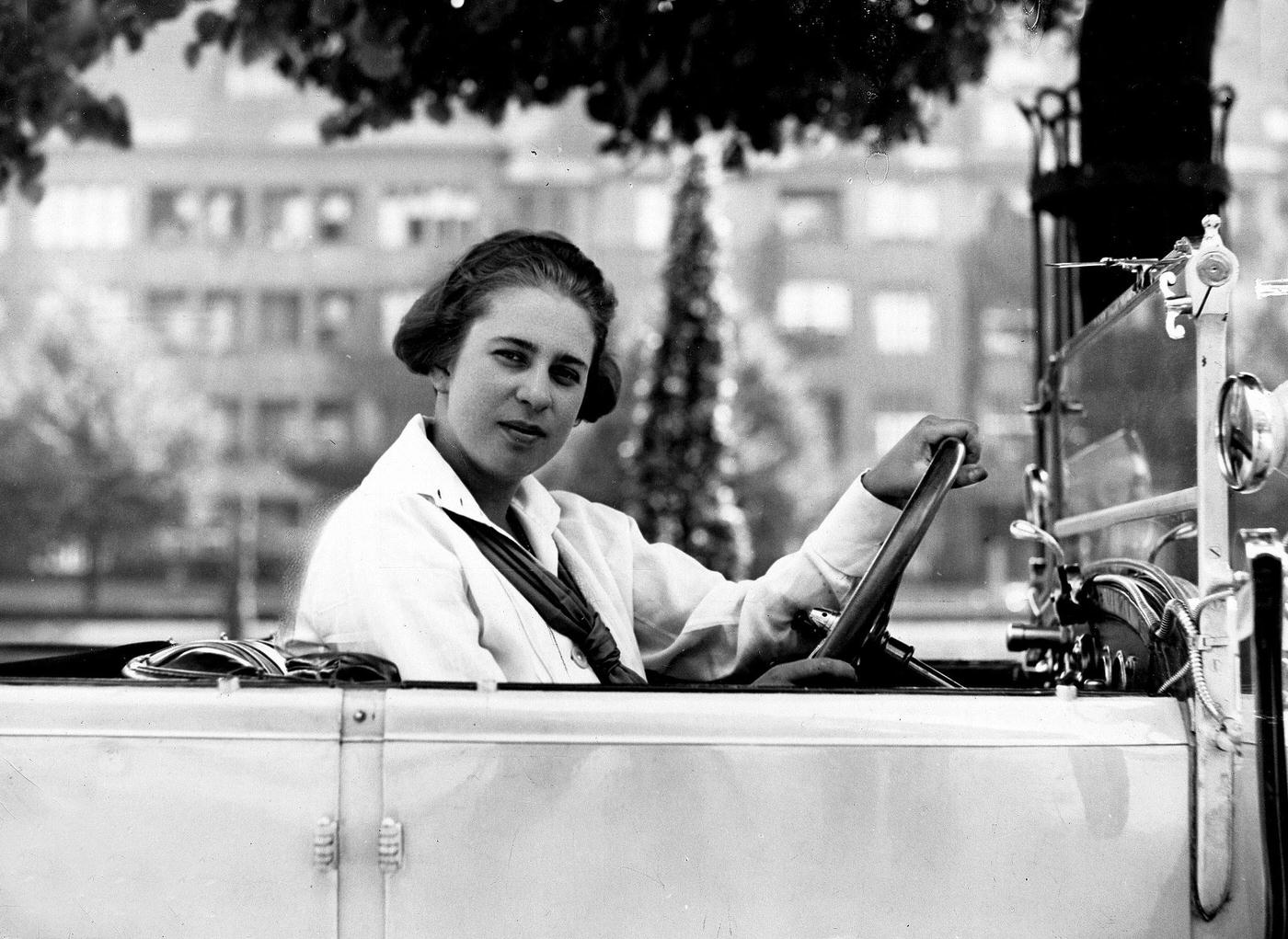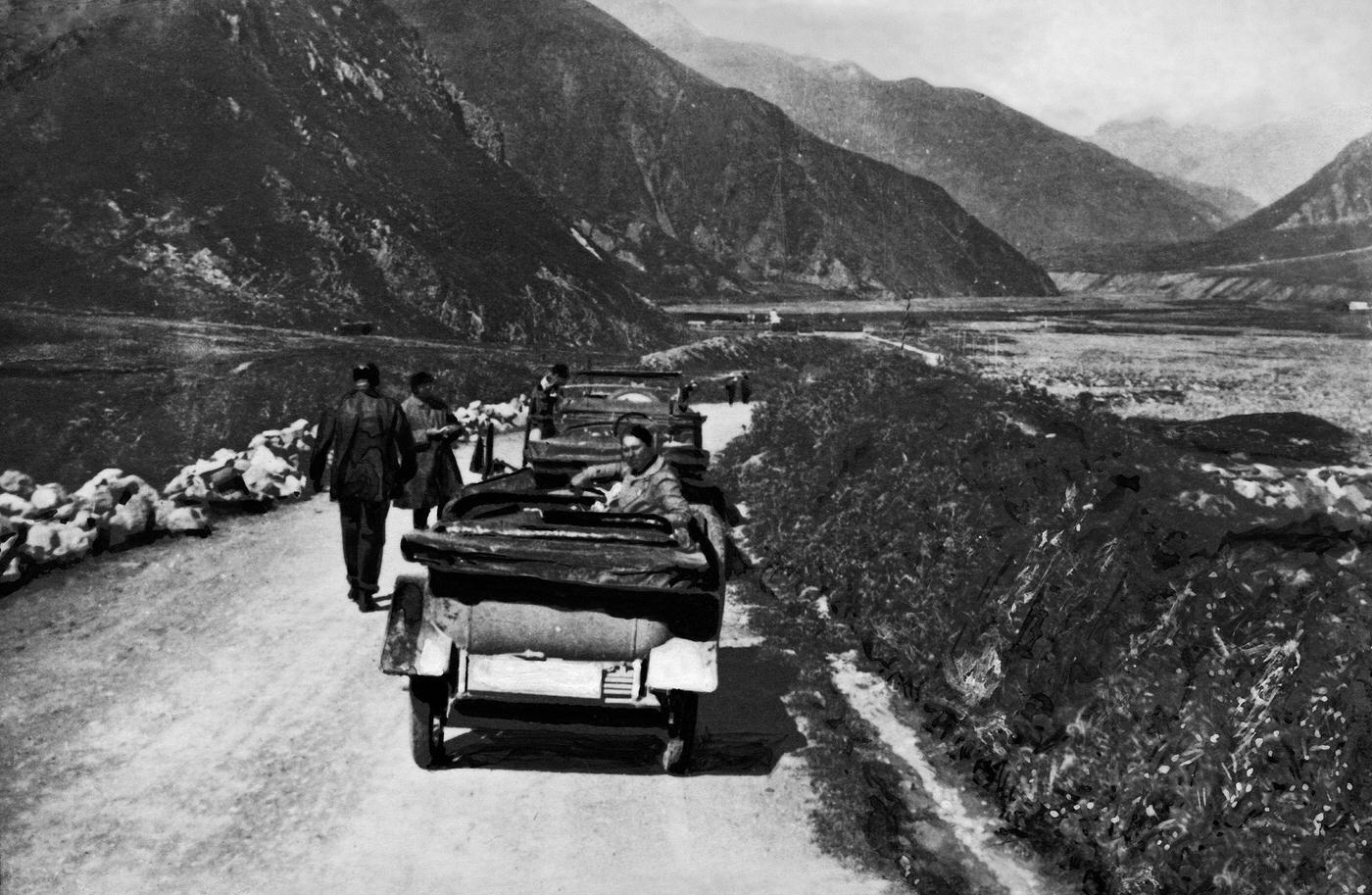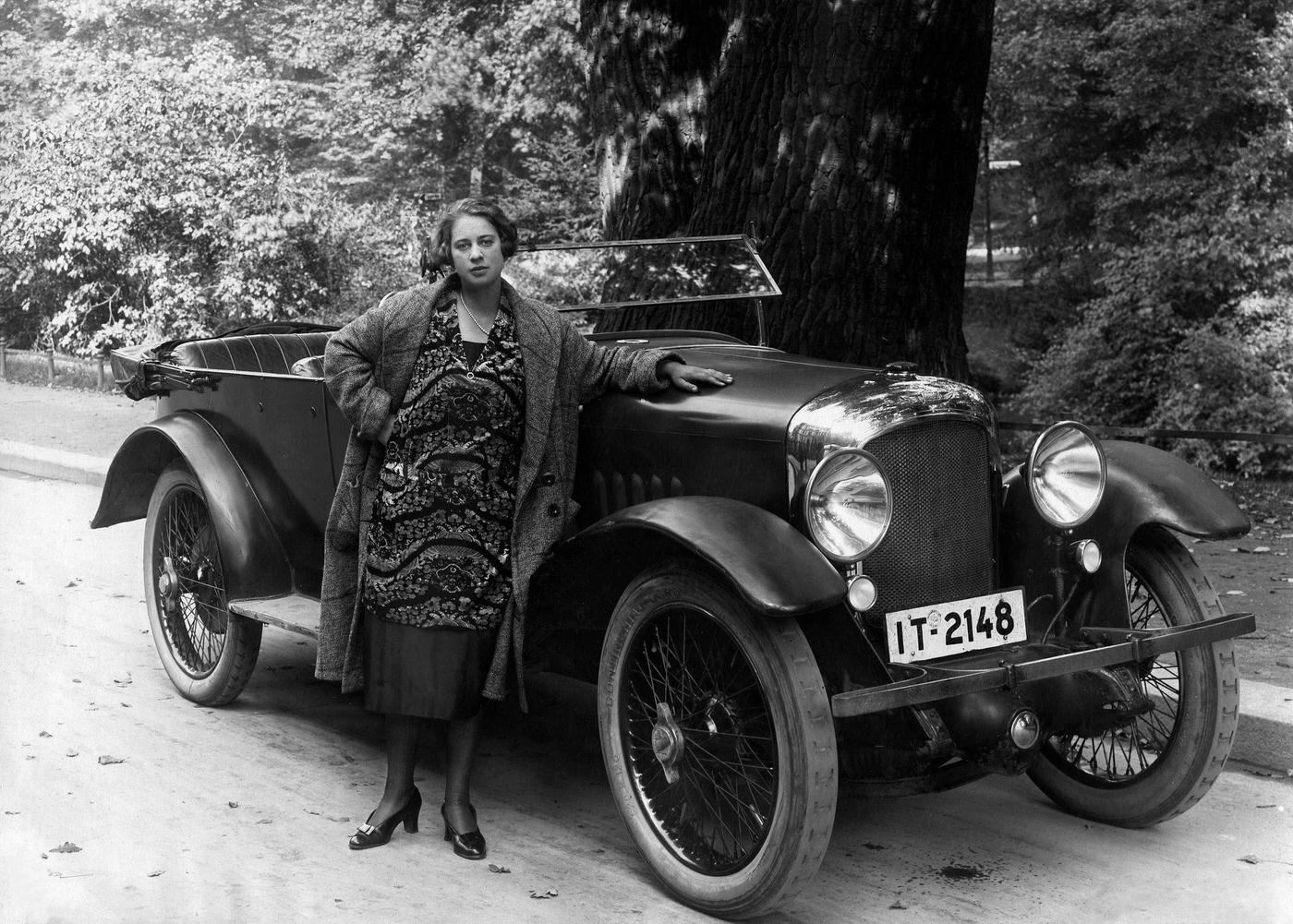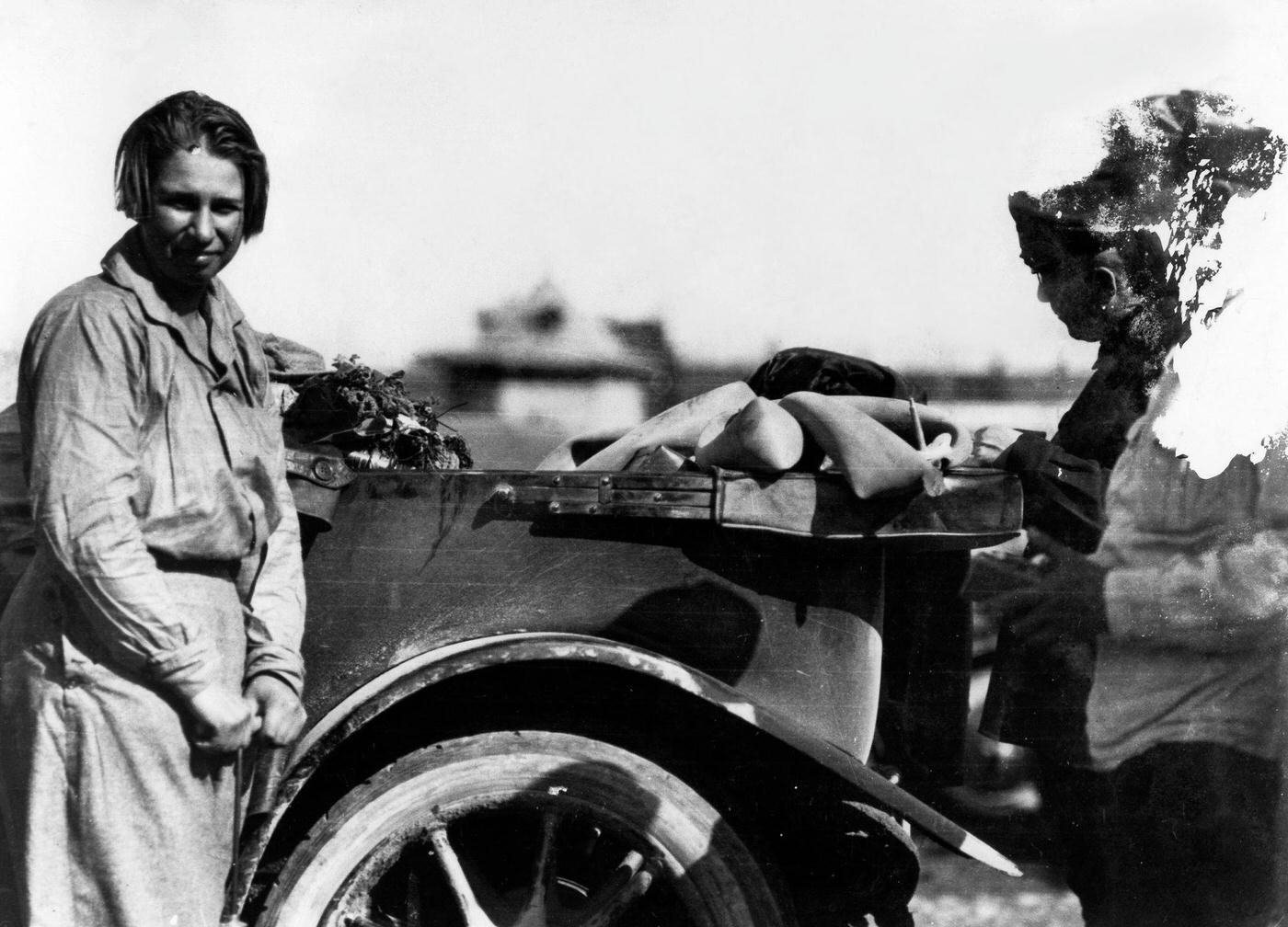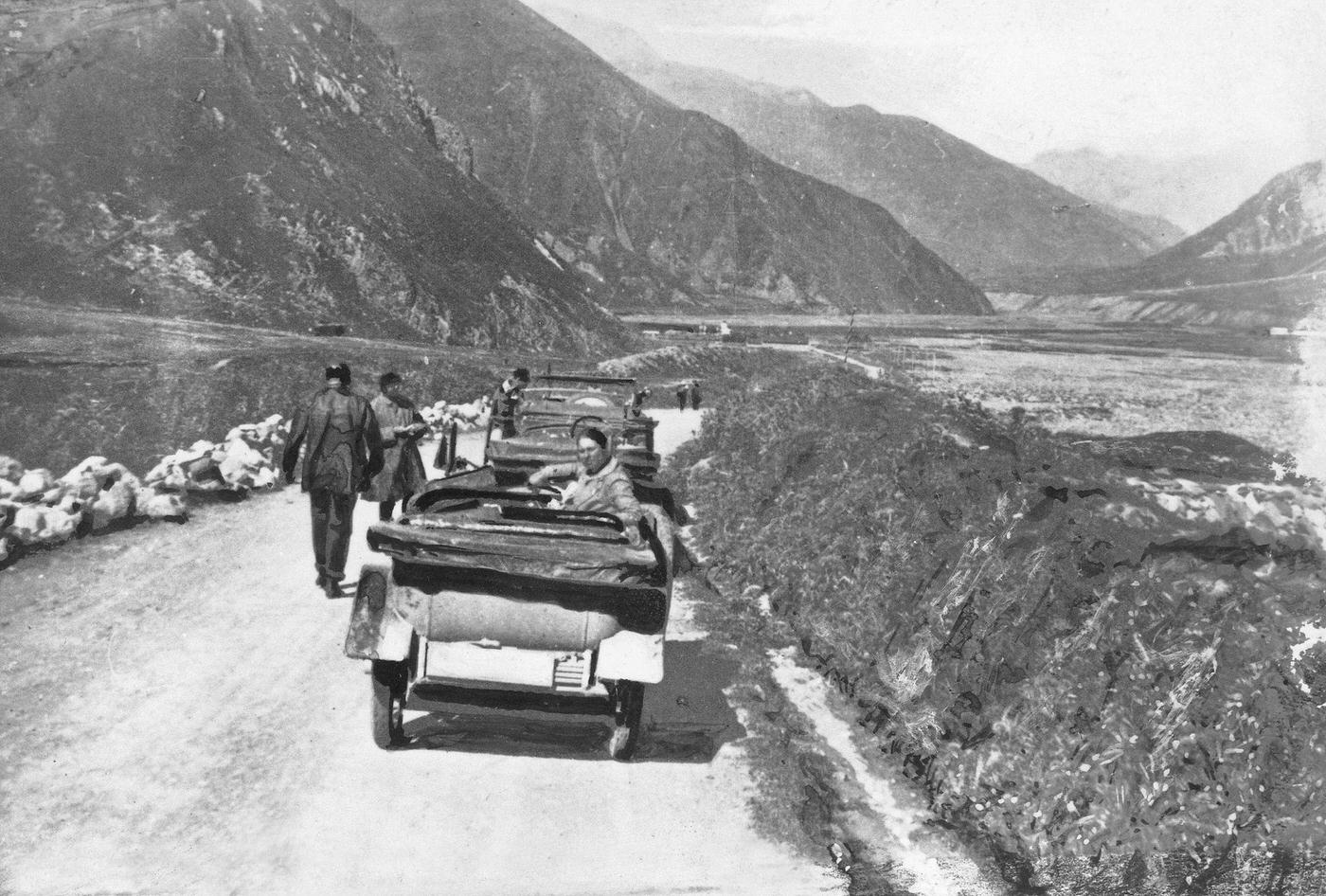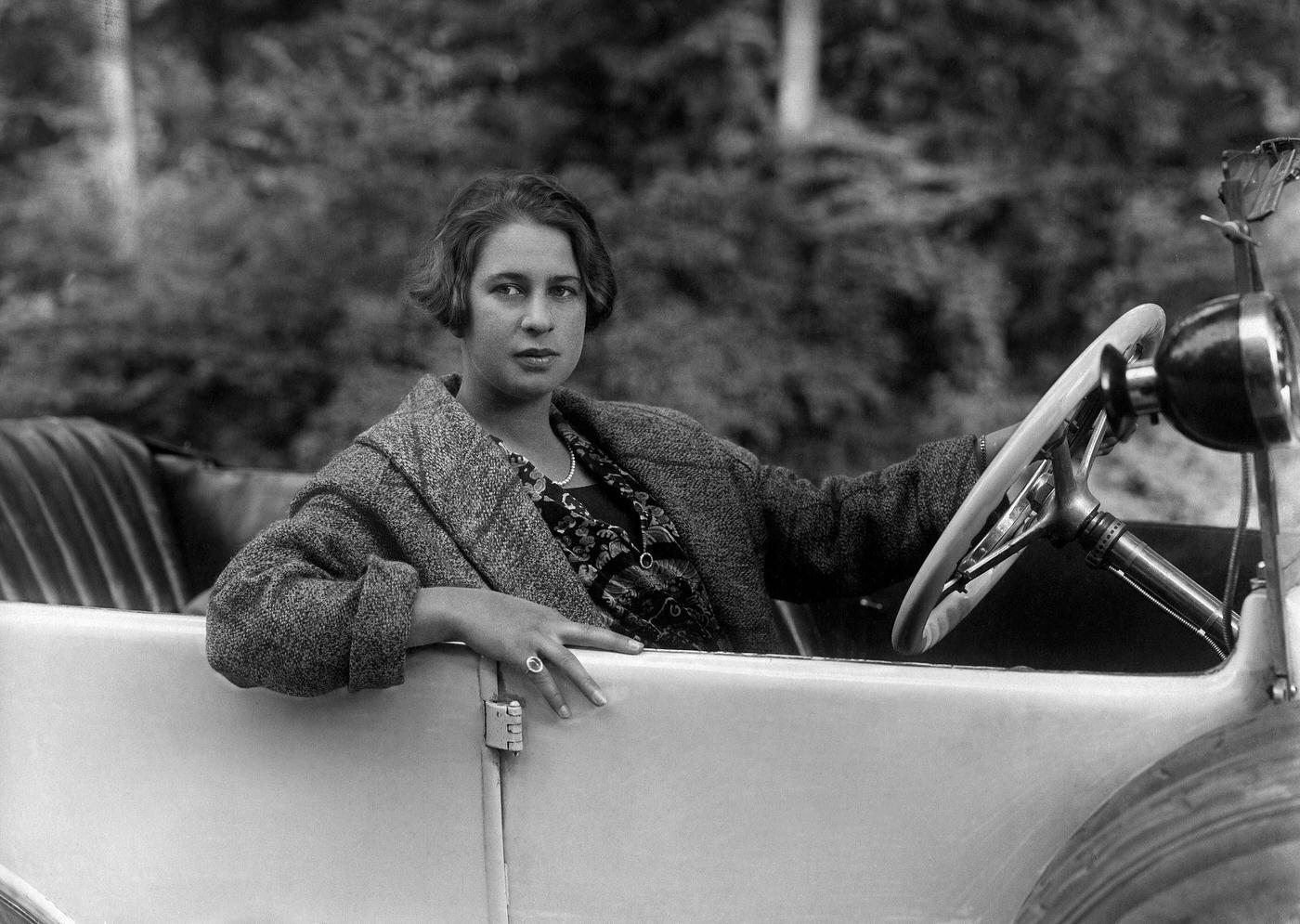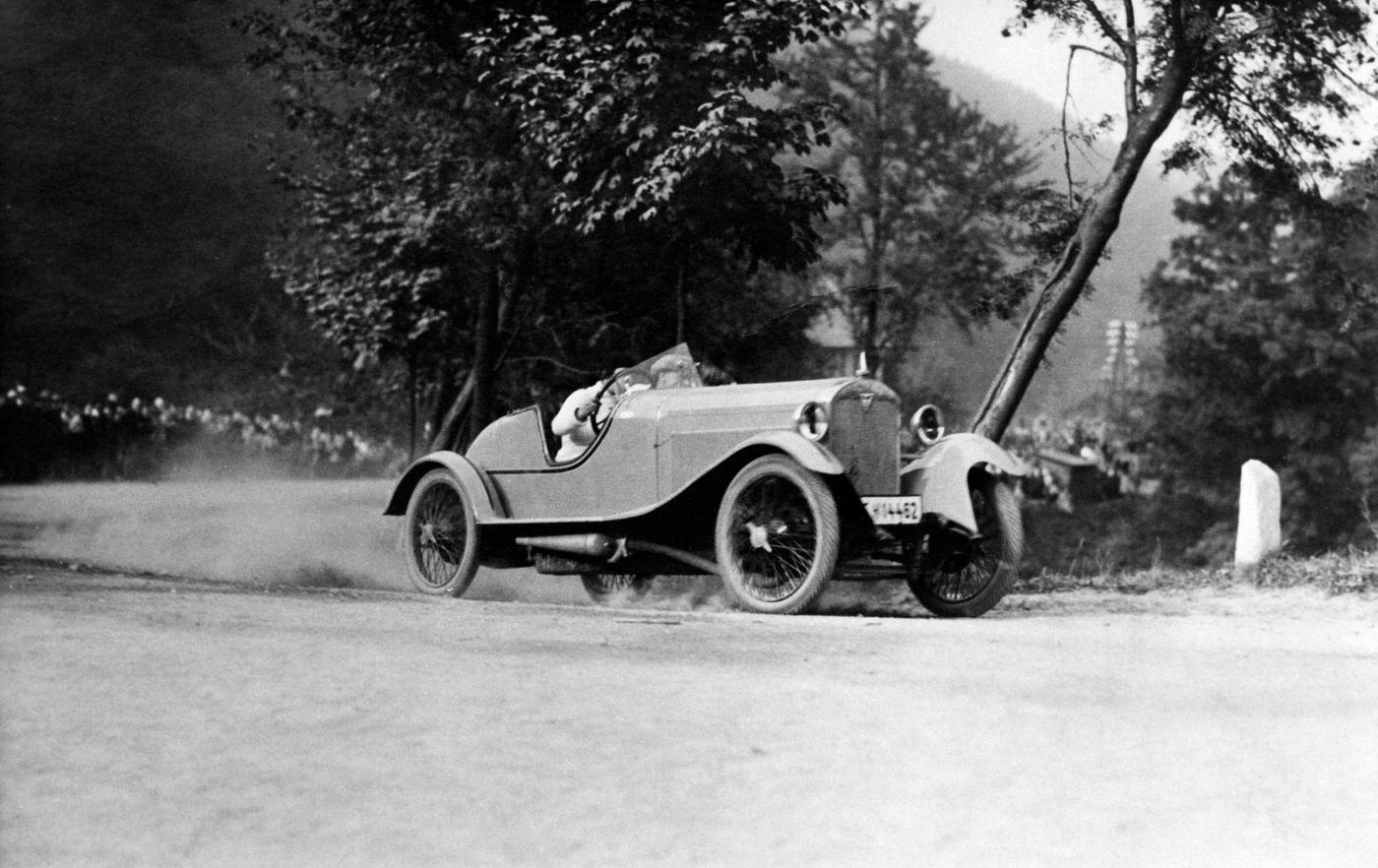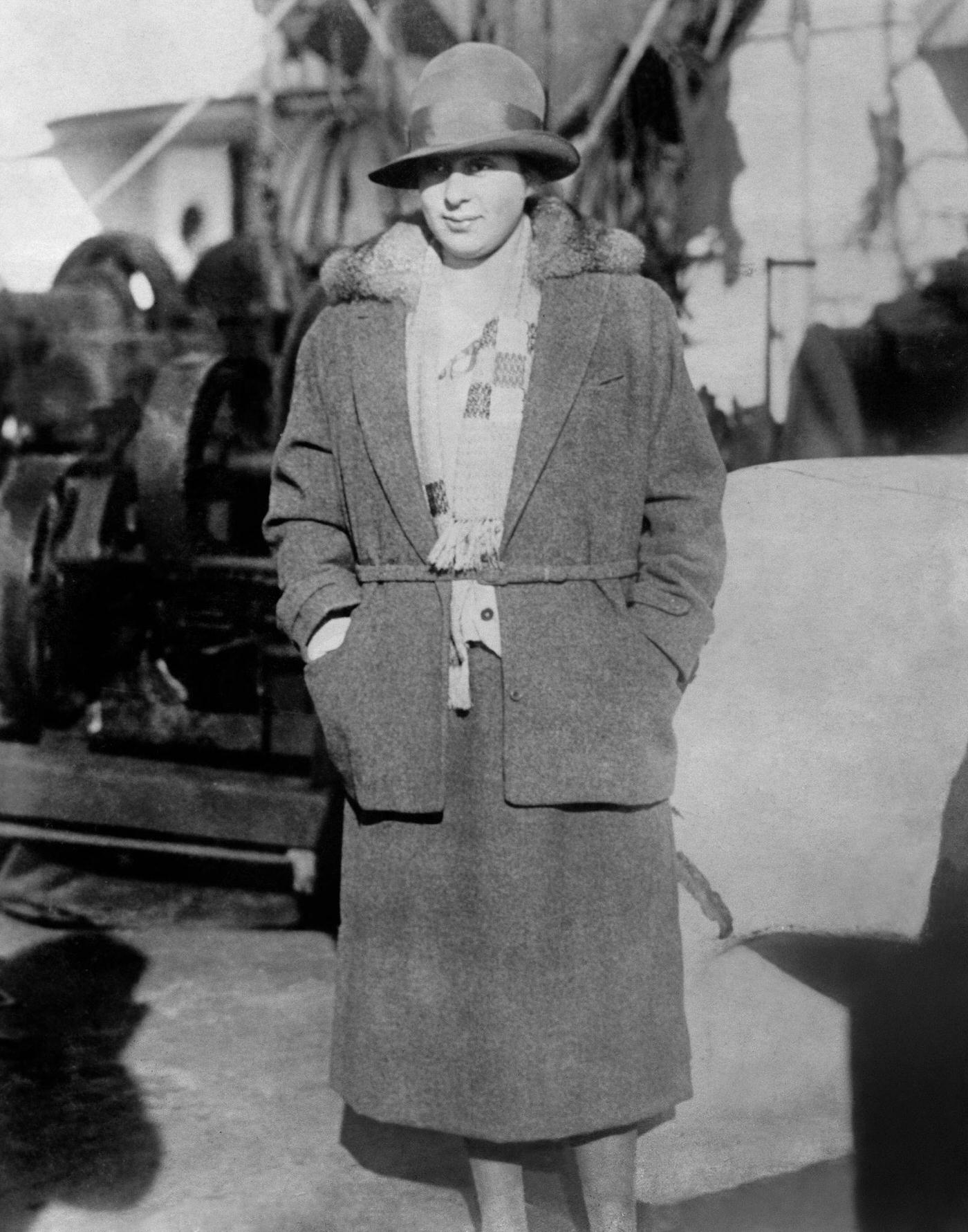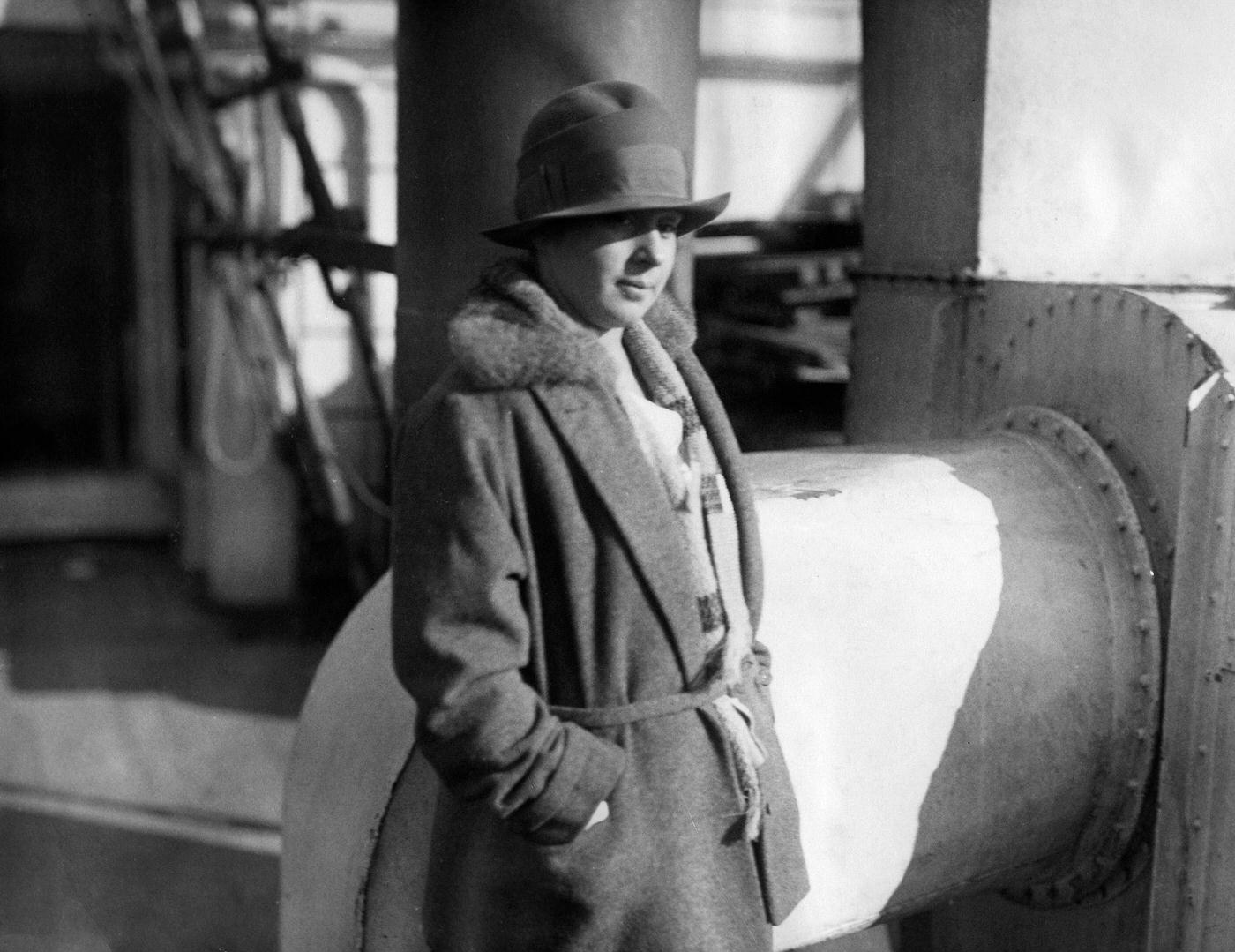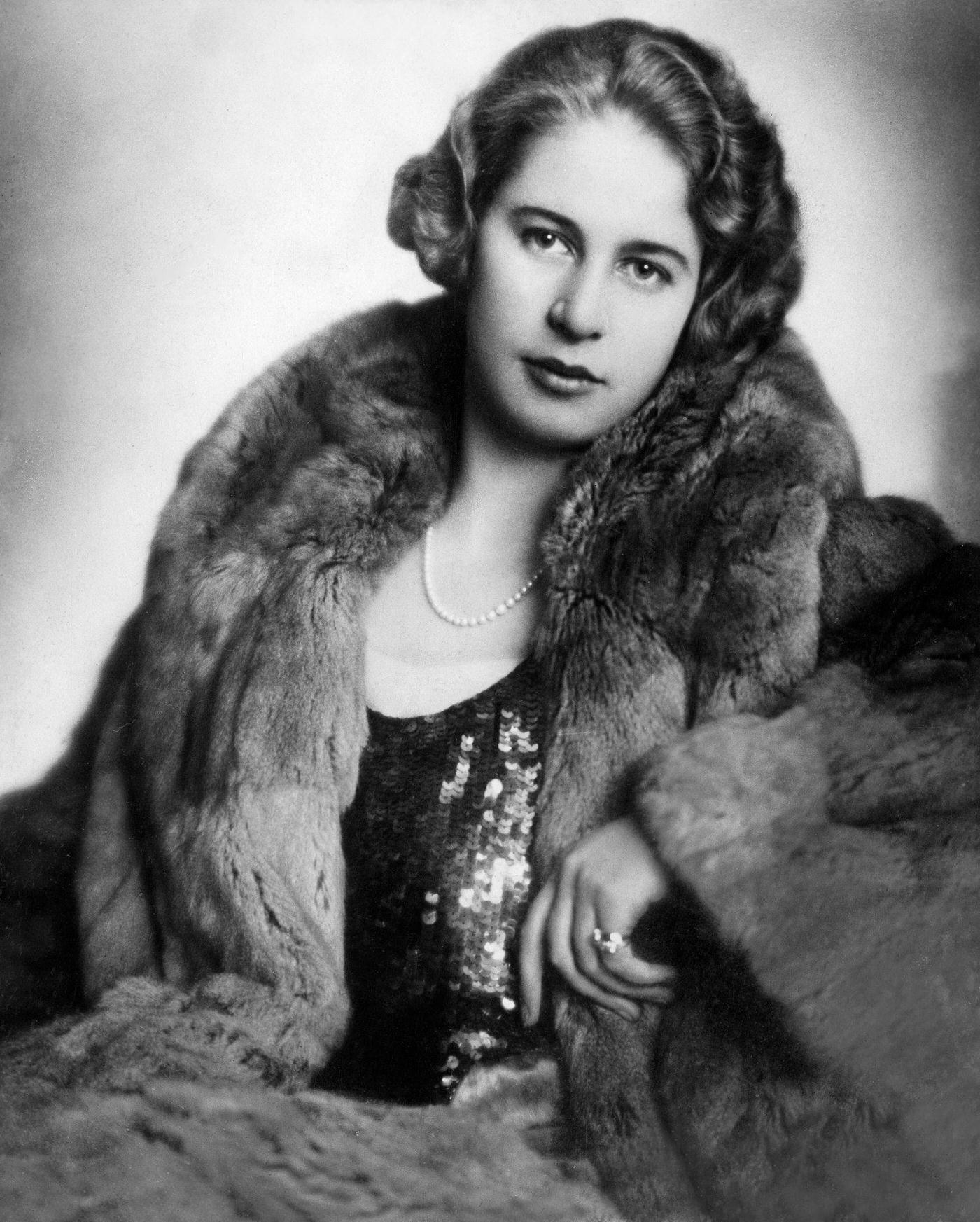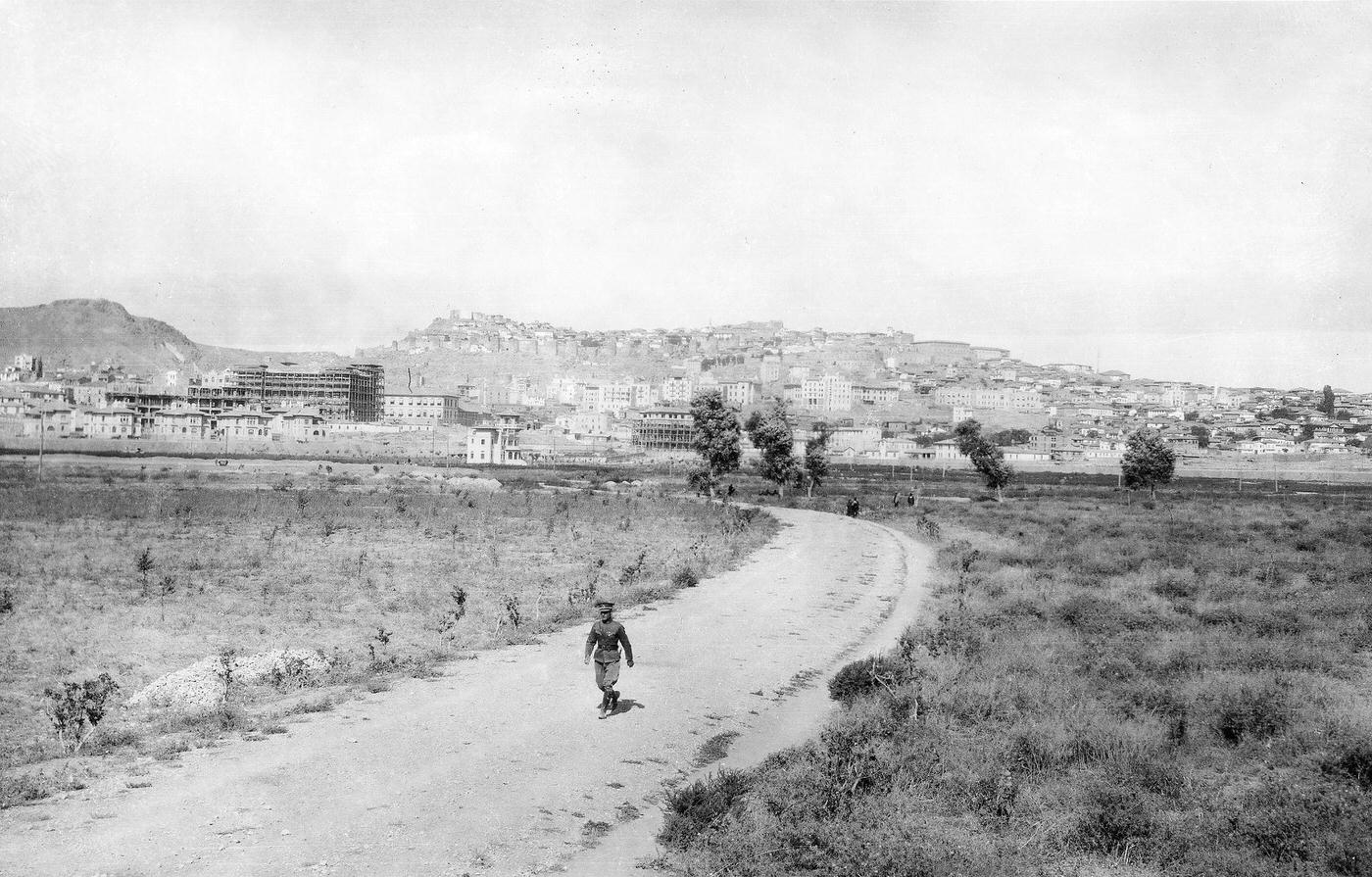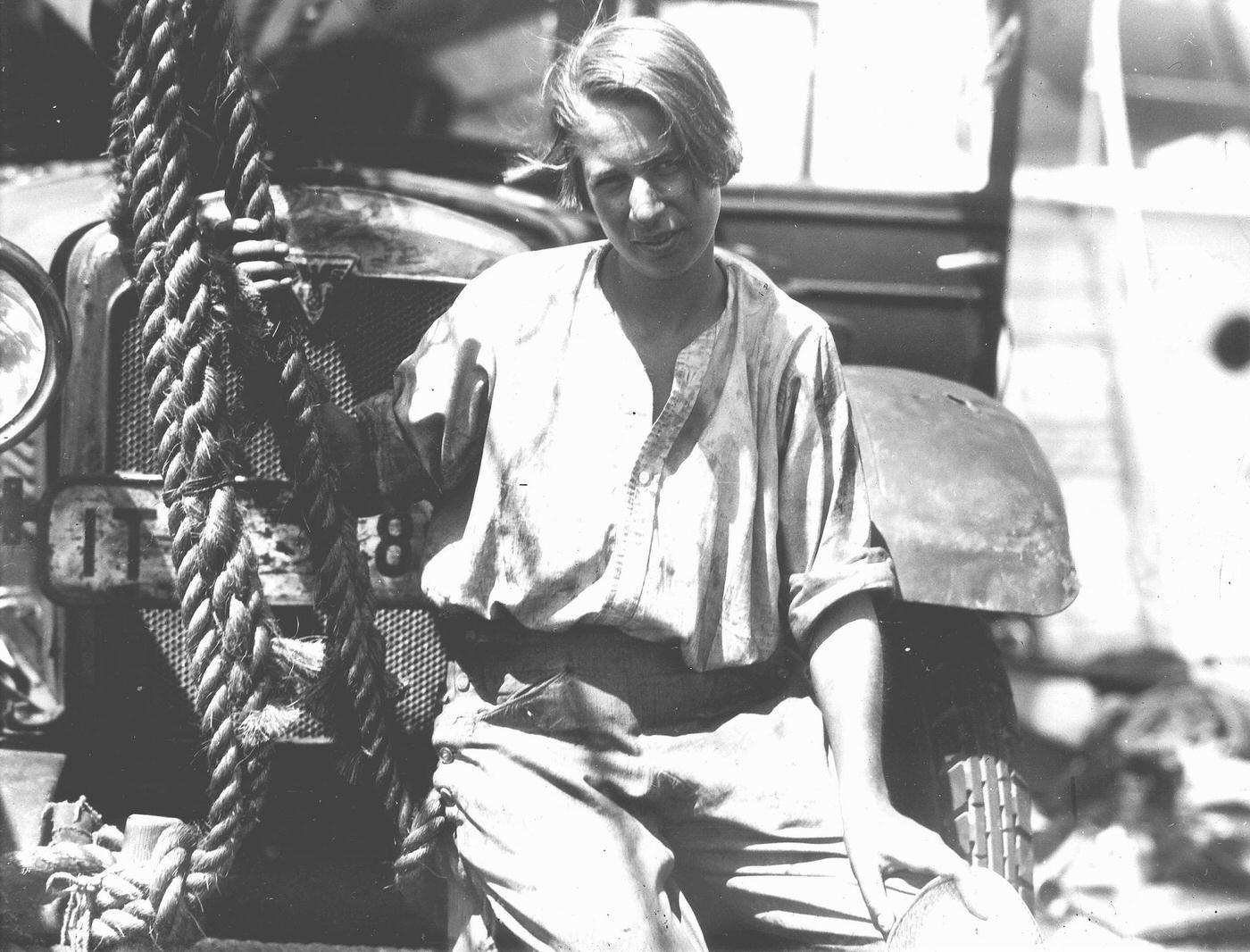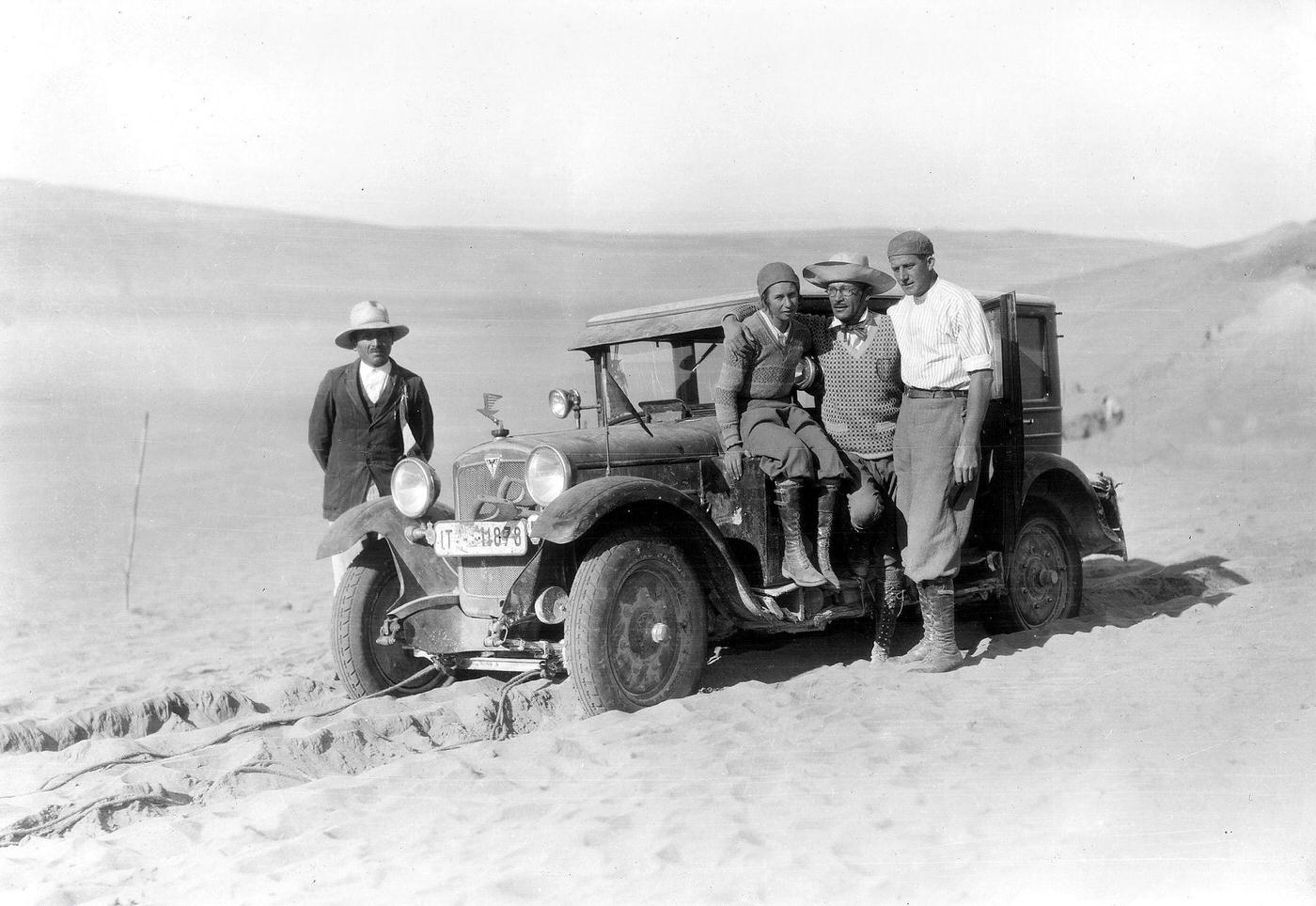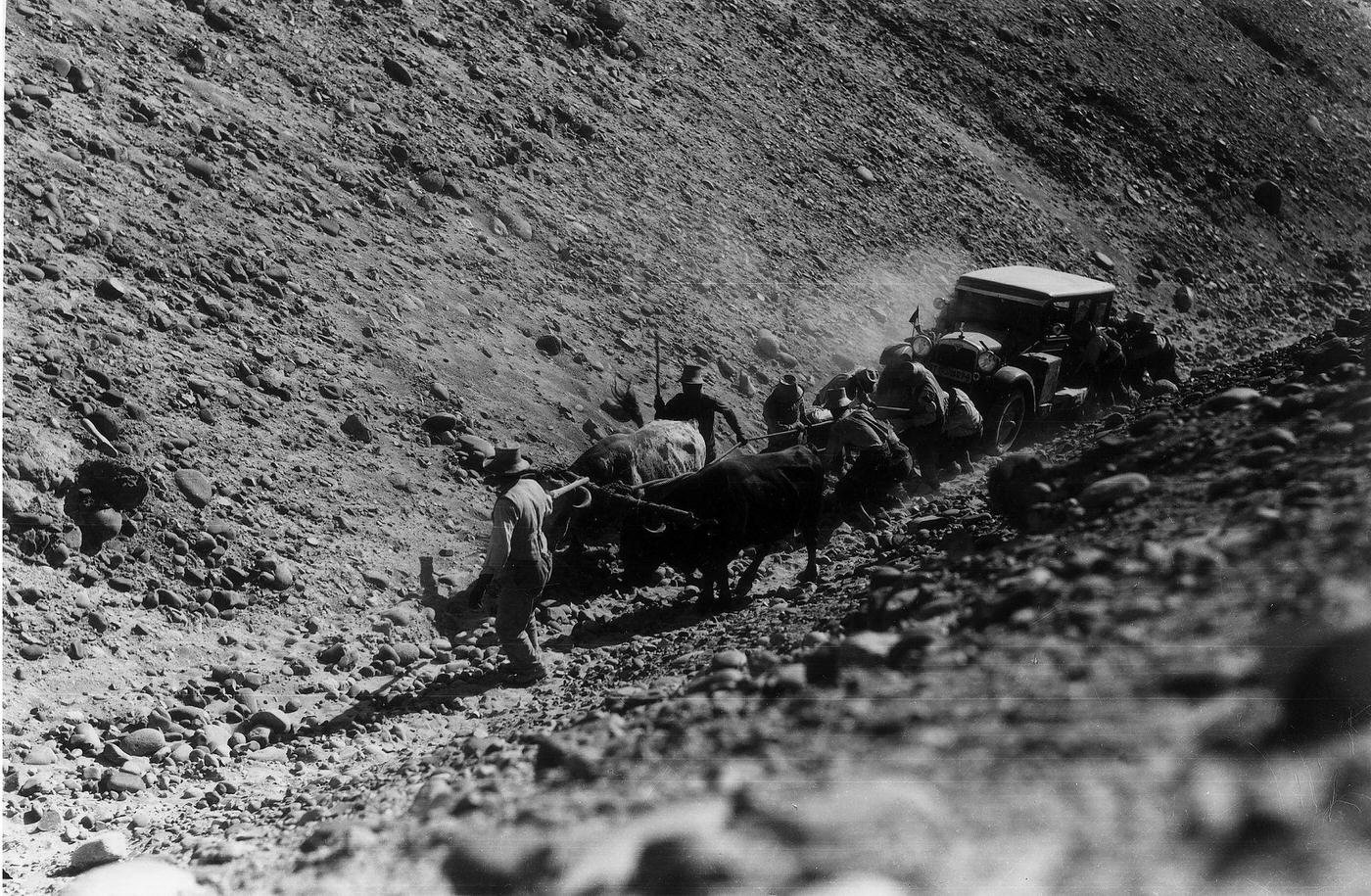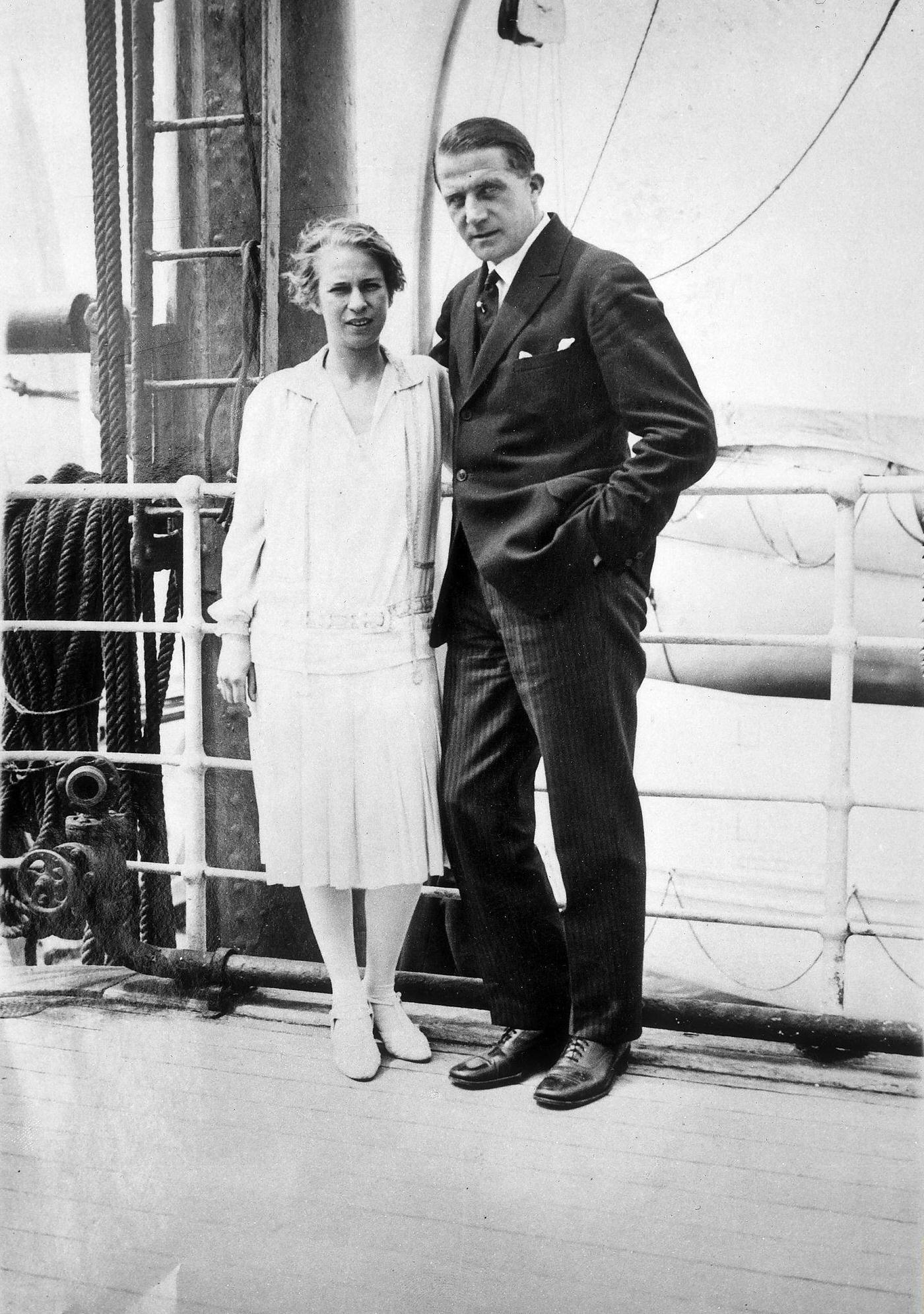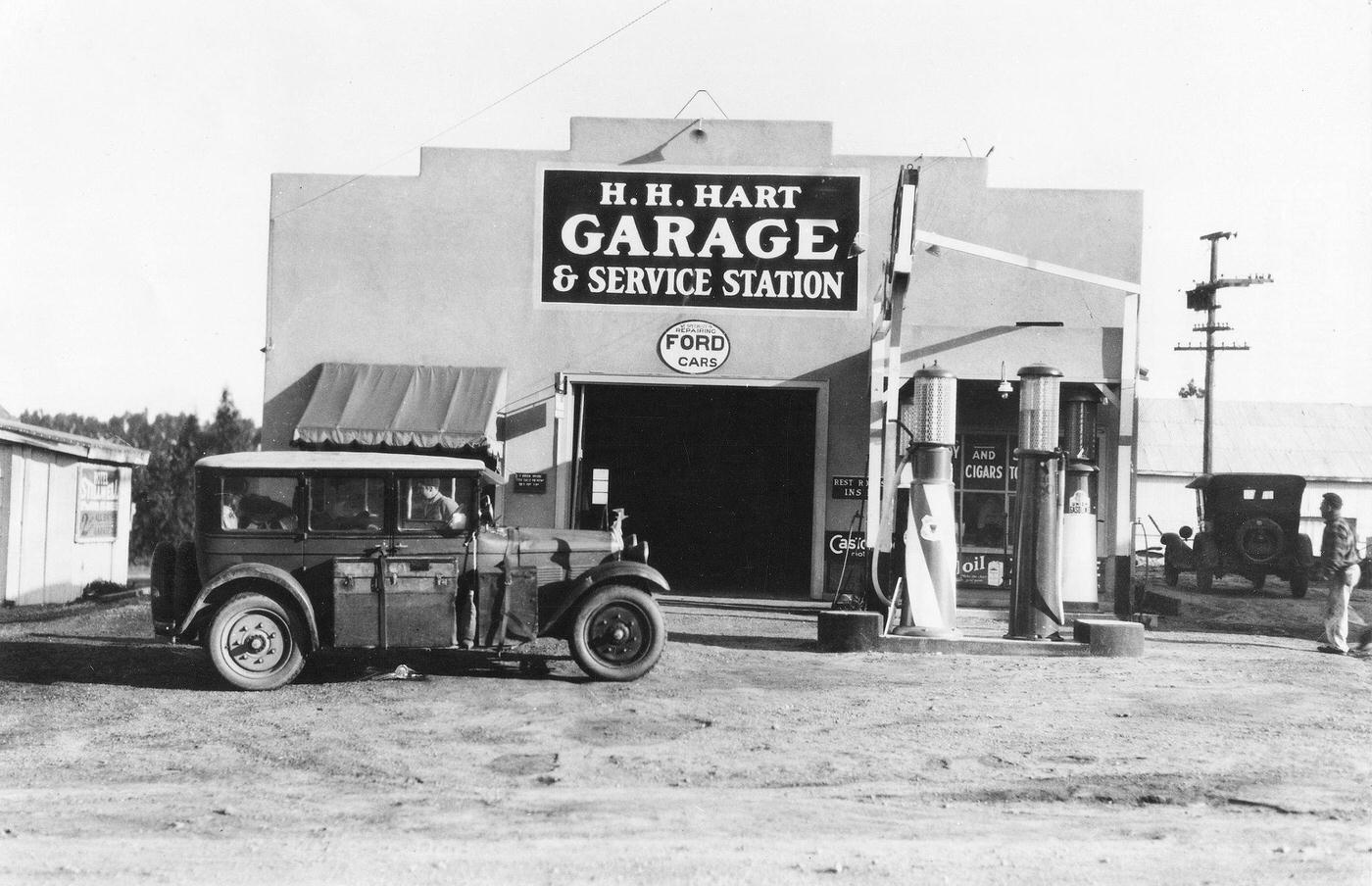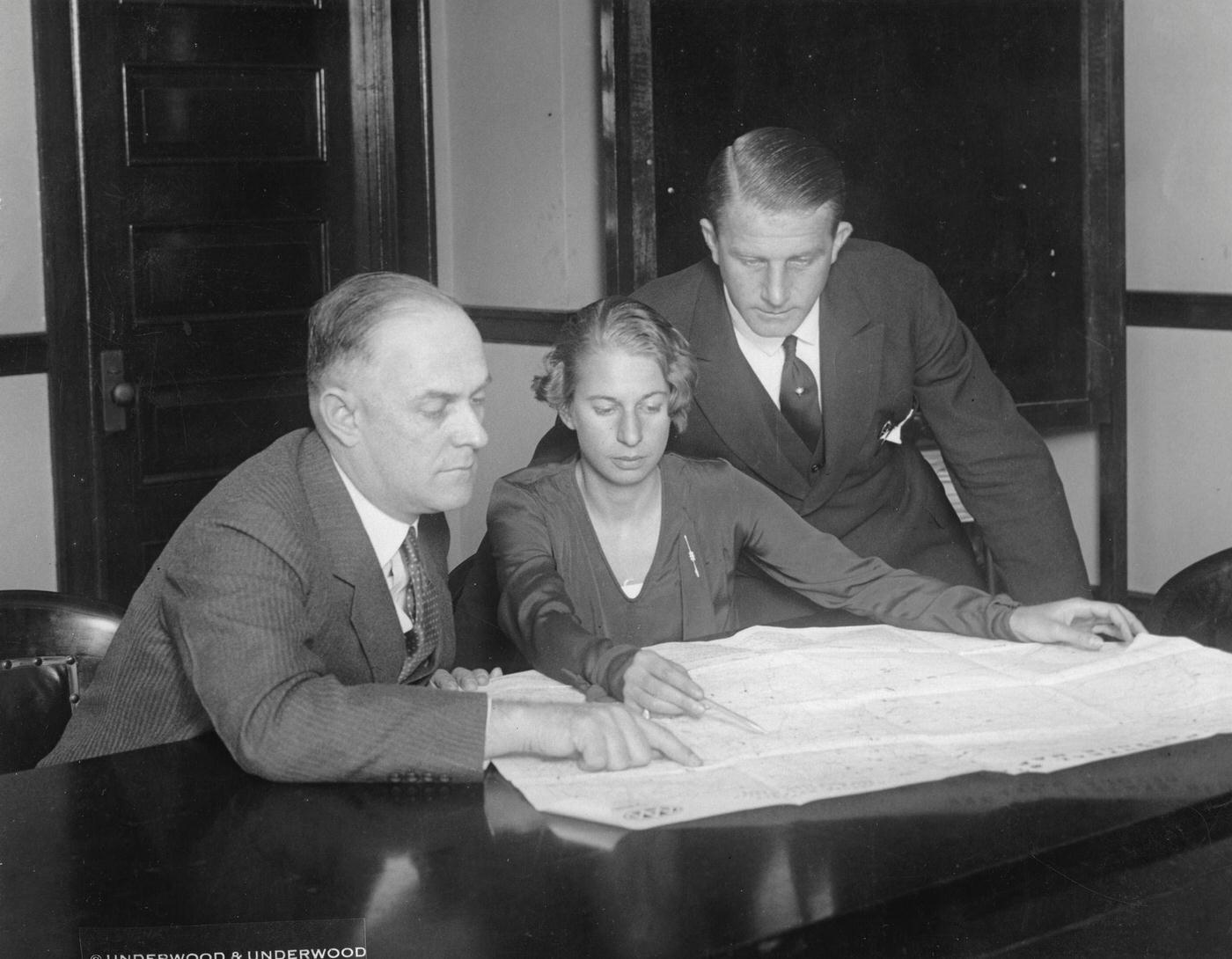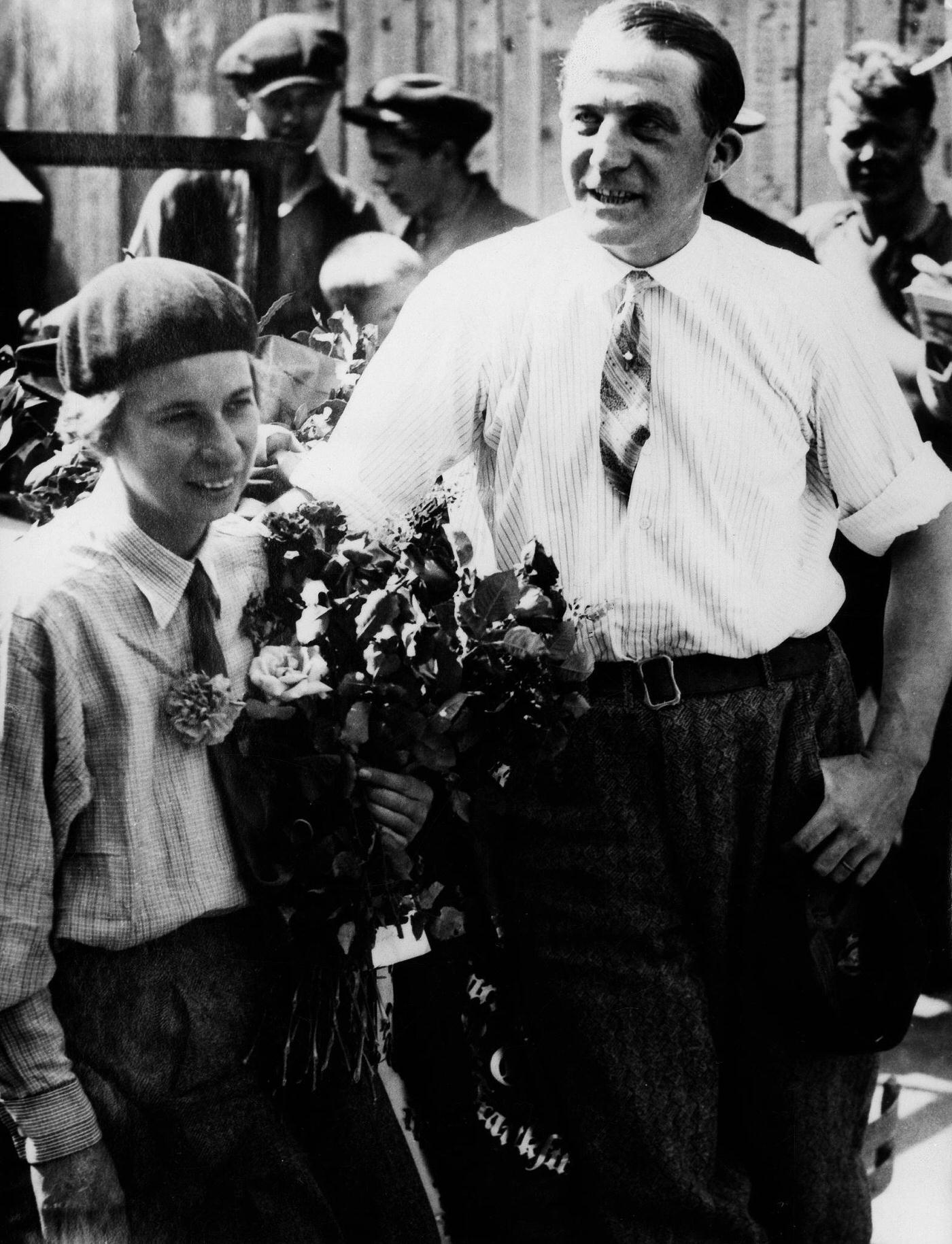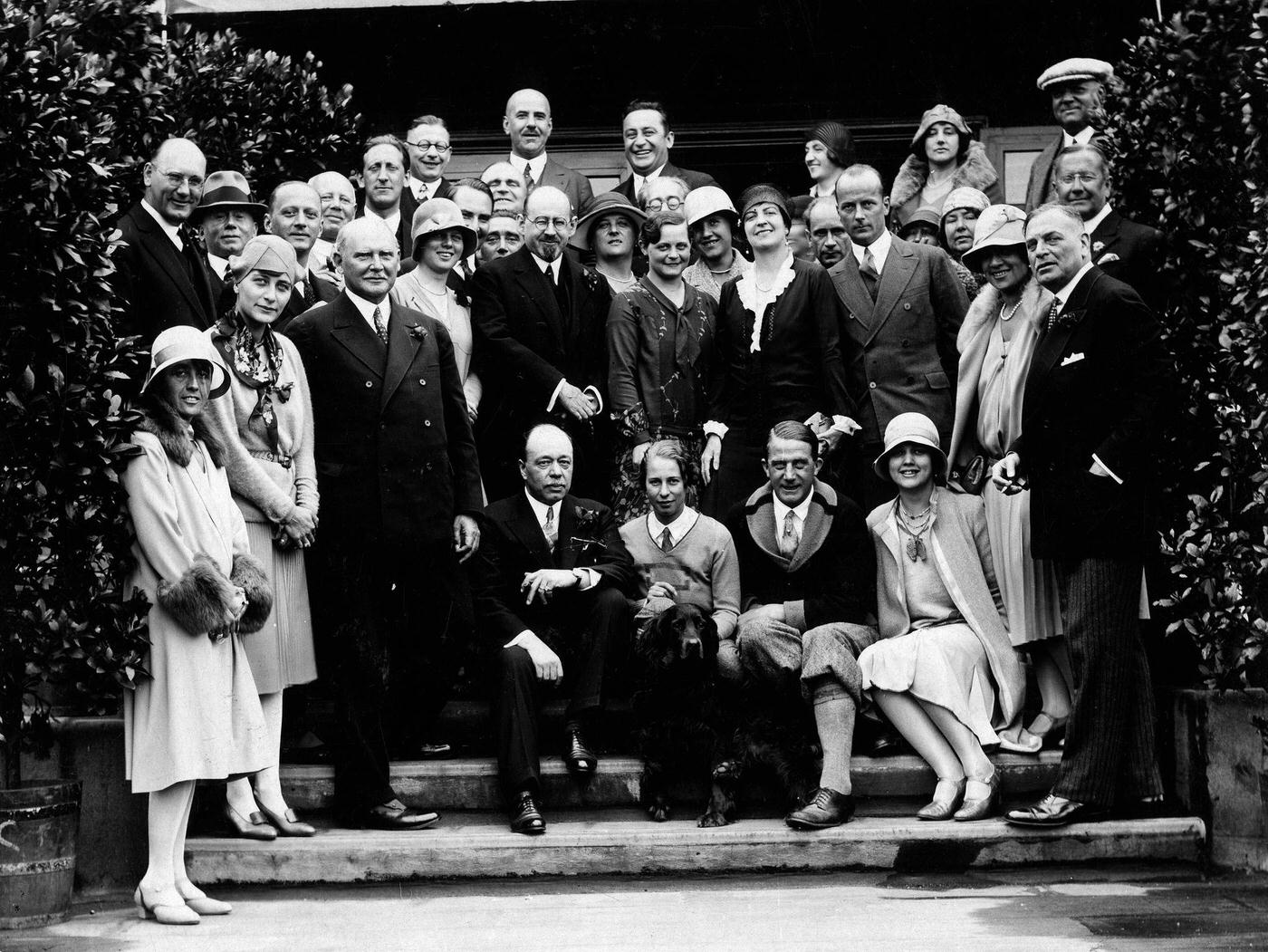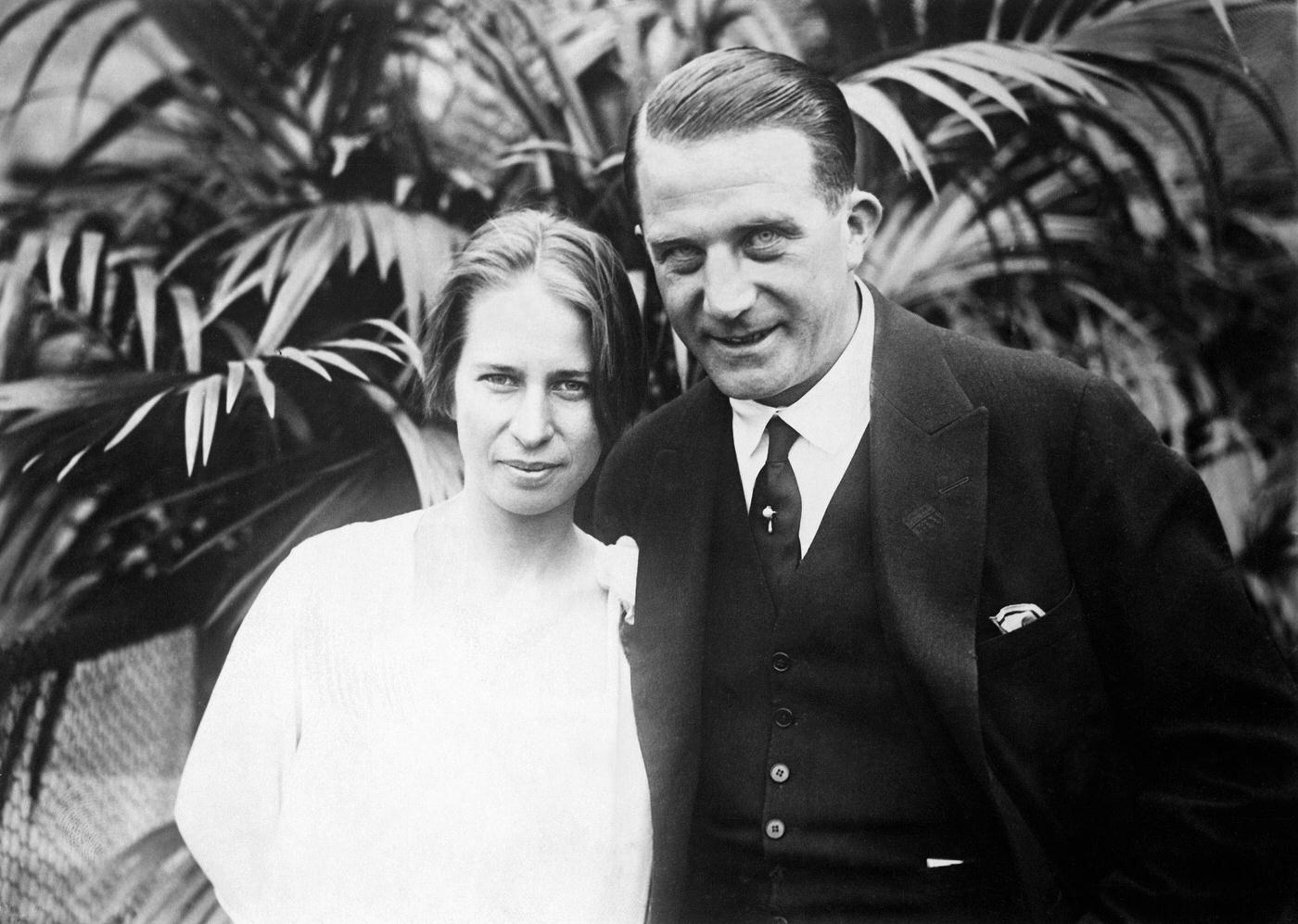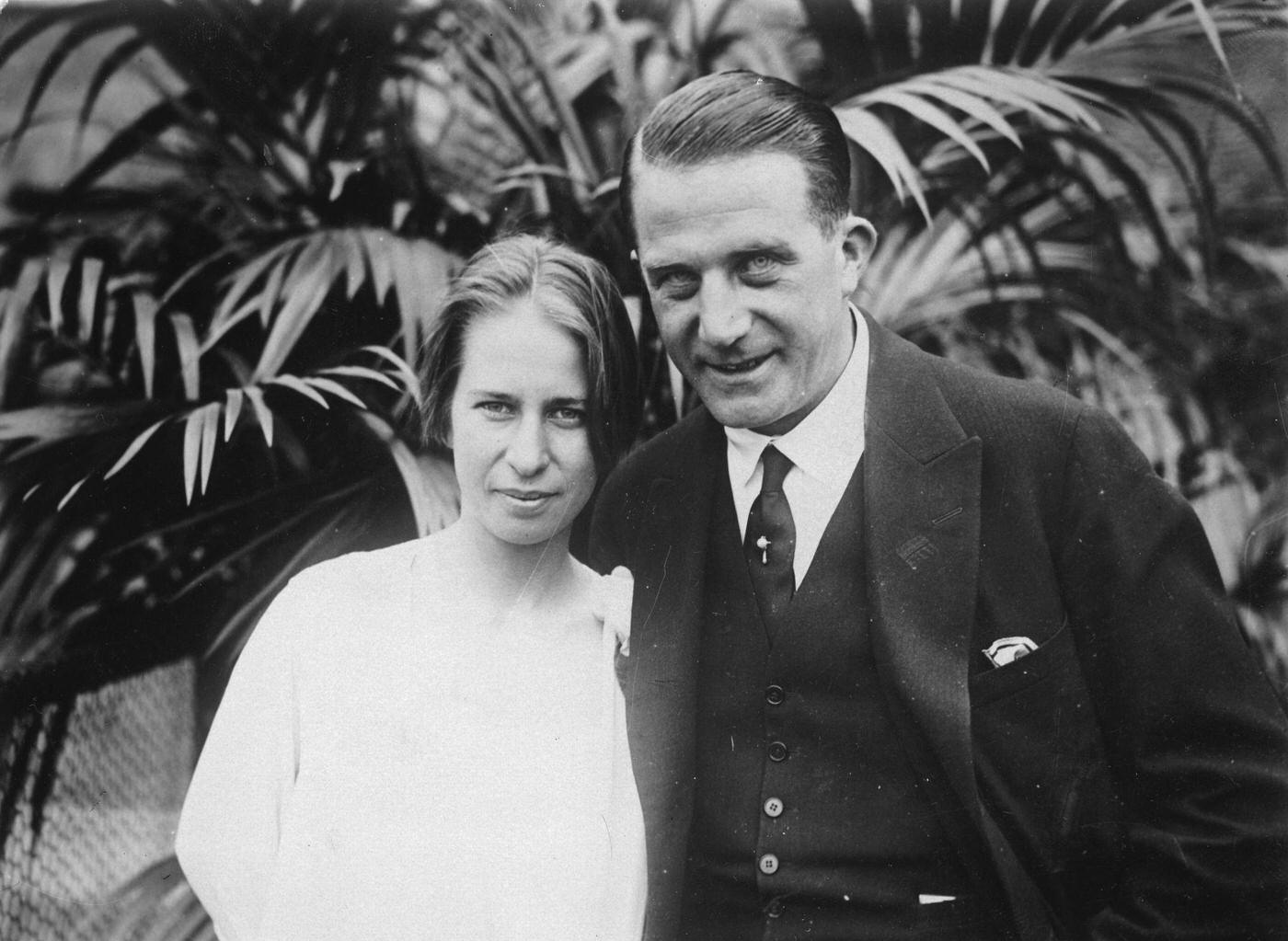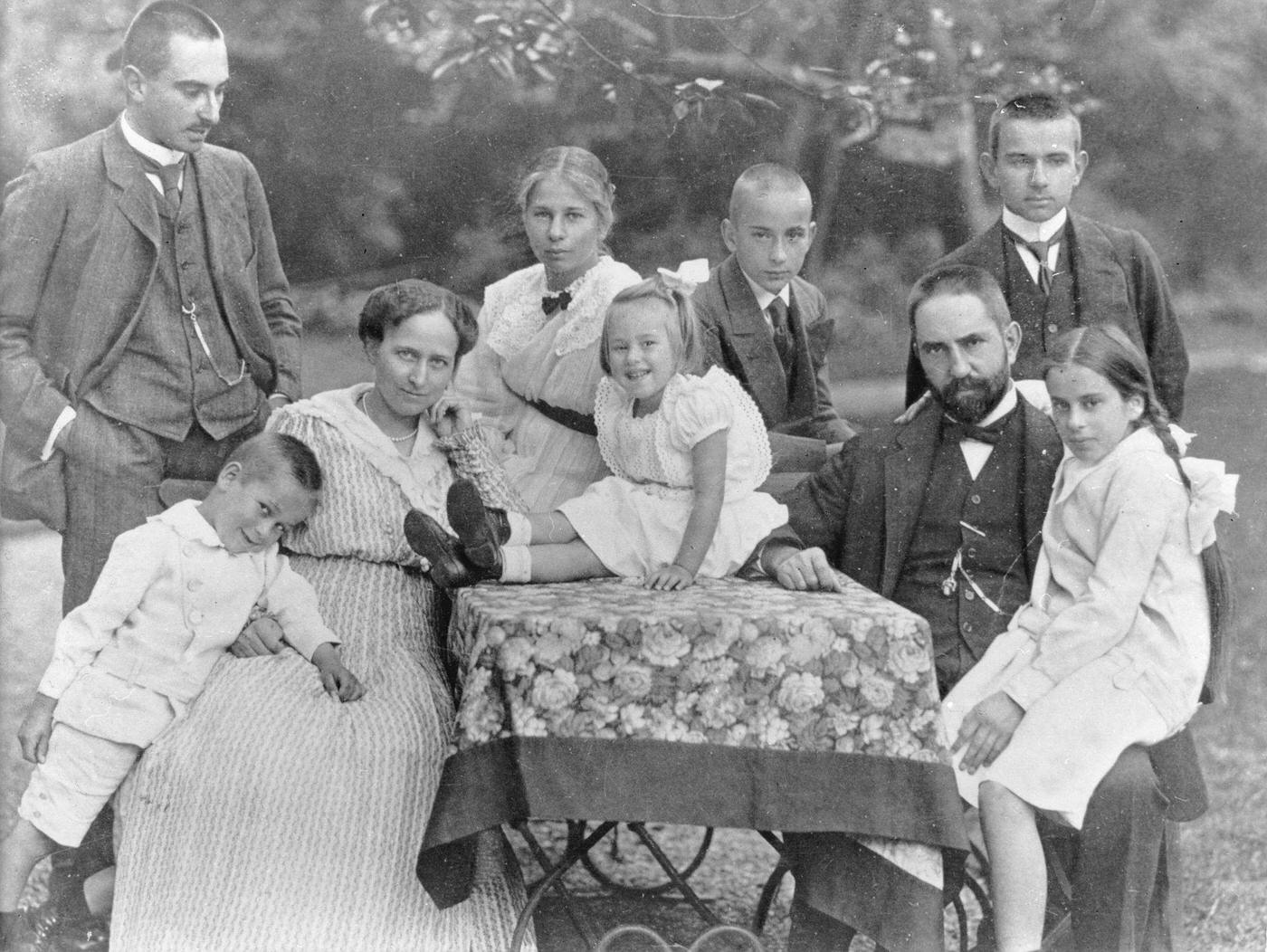Born on January 21, 1901, in Mülheim, Germany, Clara Eleonore Stinnes, later known as Clärenore, was not your average early 20th-century woman. The daughter of German industrialist Hugo Stinnes, Clärenore displayed a passion for driving from a young age. At 15, she was already driving laps around her father’s factory, and by 18, she had obtained her driver’s license. Following her father’s death, she returned to Berlin at age 24 and dived headfirst into the world of car racing. Within her first two years, she won 17 titles and became a prominent figure in Europe’s racing circuit.
The Inspiration
Clärenore Stinnes was inspired by a major event in aviation history—Charles Lindbergh’s solo flight across the Atlantic Ocean in May 1927. That feat ignited in her a desire to do something equally ground-breaking but in the world of automobiles. Stinnes envisioned driving around the globe. To fund this daring expedition, she secured sponsorship from German automotive companies Adler, Bosch, and Aral to the tune of 100,000 Reichsmarks.
Setting Off on a Global Journey
On May 25, 1927, Stinnes began her epic journey from Frankfurt in an Adler Standard 6 car, popularly known as Eagle 6. She was accompanied by Swedish cameraman Carl-Axel Söderström, two mechanics, an escort truck, and her loyal dog, Lord. Their first leg took them eastwards, heading through Europe and into the Balkans, Siberia, and eventually the Gobi Desert, aiming for Beijing.
Challenges and Adversities
The expedition was anything but smooth. In Siberia and the Gobi Desert, the team faced a slew of mechanical problems ranging from a broken clutch and a ruptured gas tank to exploded tires and lost wheel bolts. Their journey came to a halt in November 1927, as the harsh Russian winter set in, making it impossible to continue by road. The severe conditions and constant setbacks were too much for the mechanics, who chose to abandon the expedition.
Journey Across the Seas
Undeterred, Stinnes and Söderström decided to adapt their plan. They shipped themselves and their vehicle to Japan, then Hawaii, and finally to Los Angeles. In the U.S., they made the decision to leave behind the escort truck and Lord, Stinnes’ dog. The next leg of their journey took them to South America, the continent where Stinnes had once helped her father with the family business.
The Final Stretch
After facing an unimaginable array of challenges, from navigating the sandy terrains of the Gobi Desert to tackling the ice-clogged roads of Siberia, Clärenore Stinnes and Carl-Axel Söderström achieved what many thought was impossible. The diverse weather conditions they encountered on their journey were nothing short of extreme. In tropical regions, they battled sweltering heat that tested both the resilience of the Adler Standard 6 and their own physical endurance. The searing temperatures posed threats to the vehicle’s engine and required them to take special measures to avoid overheating.
On the other end of the spectrum, they faced icy chills so severe it halted their journey. During the harsh Russian winter, the cold was not only a challenge for driving but also a risk to their own well-being. Sub-zero temperatures made every mechanical task a battle against the elements, and they had to find innovative ways to keep both the car and them operational.
These climate extremes were merely a part of the myriad obstacles that stood between them and their destination. Yet, every hardship, every roadblock, and every wrenching twist and turn only added to the tapestry of their quest.
When the duo finally rolled back into Germany in 1929, the sheer weight of their accomplishment began to sink in. At just 28 years of age, Clärenore Stinnes had shattered gender stereotypes, logistical hindrances, and even technological limitations to become the first woman to circumnavigate the globe by car. It wasn’t just a personal milestone or a ‘first’ in the annals of automotive history; it was a feat that transcended the era, proving what sheer will, combined with skill and daring, could accomplish.
The return to Germany was not just the end of a long journey; it was the triumphant conclusion to an adventure that had seen all conceivable forms of hardship. In completing this monumental trek, Clärenore Stinnes didn’t just drive around the world; she rode straight into history, demolishing barriers and setting a new standard for what was possible in the realm of exploration and adventure.
Clärenore Stinnes’s personal Life
Clärenore Stinnes and Carl-Axel Söderström, united by their extraordinary journey around the world, took their partnership to a new level by getting married in 1930. They moved to Sweden, leaving behind the thrill of automotive expeditions for a more pastoral setting to raise a family and run a farm. Life on the farm was a drastic change from the adventures they had faced while traversing the globe, but the couple seemed to embrace this new chapter wholeheartedly. Together, they had three biological children, nurturing them in a household that valued courage, resilience, and the spirit of adventure. These were not just abstract principles; they were lived experiences, embodied by both parents. But their family did not stop growing with their biological children. The couple also opened their home and hearts to many foster children over the years. Each new addition to their family was another testament to their enduring commitment to creating a nurturing environment, far removed from the rigors and dangers of their globe-trotting past.
A Remarkable Feat in Automotive History
Stinnes’ journey wasn’t just a personal accomplishment; it was a monumental feat that demonstrated the capabilities of automobiles at a time when such a journey seemed near impossible. Not only did she have to contend with the limitations of early 20th-century automotive technology, but she also had to navigate diverse terrains, from deserts to snow-clad regions, all while dealing with the complex geopolitics of a world between two world wars.


